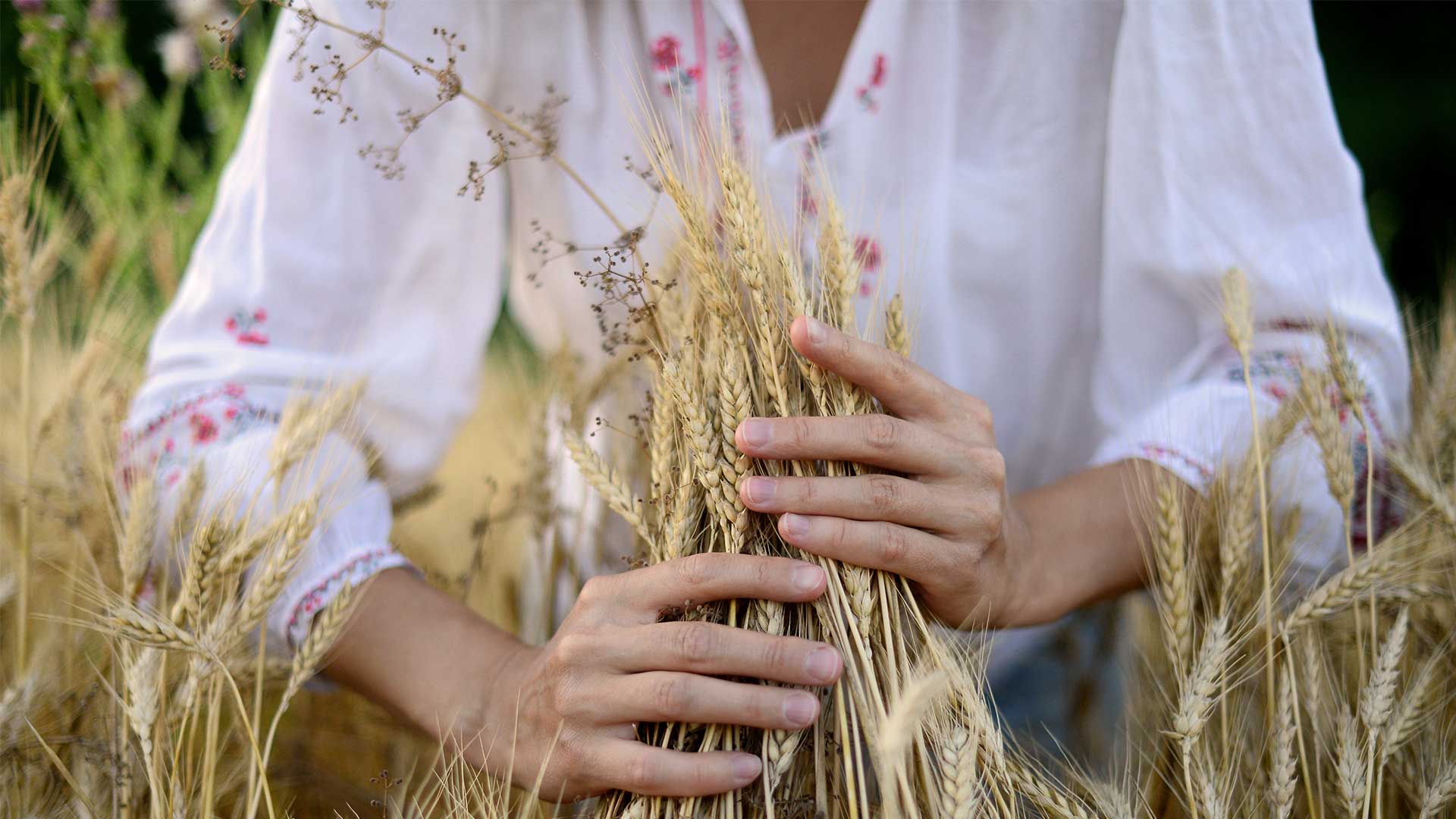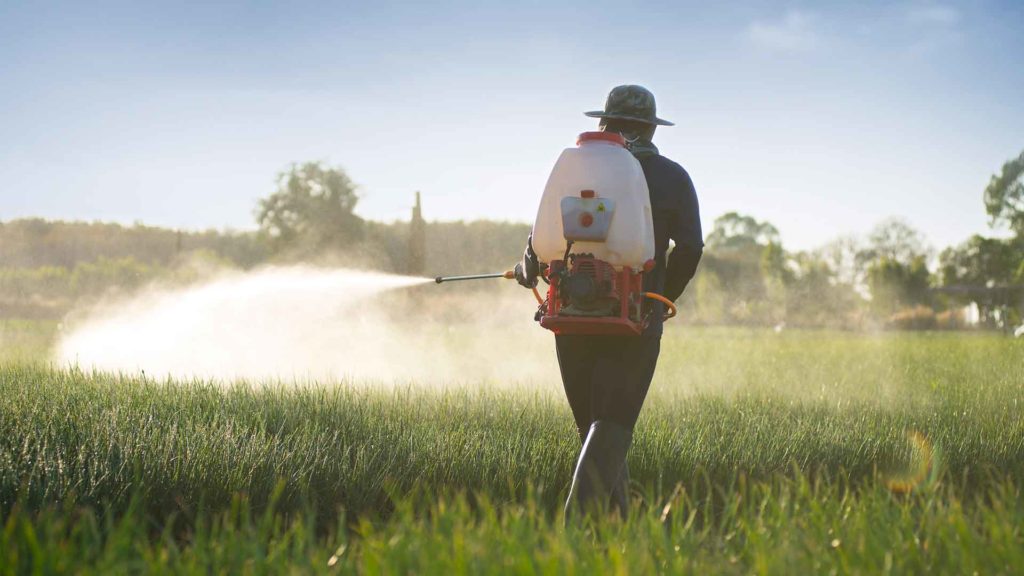World Food Security
“Food security is a condition that exists when all people have, at all times, physical, social, and economic access to sufficient, safe, and nutritious food to meet their dietary needs and food preferences for an active and healthy life.” The Rome Declaration on World Food Security and the World Food Summit Plan of Action.

Food Security
Food Security
The historic World Food Summit in 1996 gave purpose to all stakeholders involved in the food value chain by defining “food security” in an operational sense.
The Food and Agriculture Organization of the United Nations (FAO) held the Summit to respond to widespread undernutrition and growing concern about the capacity of agriculture to meet future food needs and affirm their commitment to fighting global hunger.
The global think tank is committed to the cause of eradicating hunger from the face of the earth through sustainable practices. The then FAO Director-General Jacques Diouf in 2009 labeled the over one billion hungry people in the world – “our tragic achievement in these modern days” – while stressing the need to produce food for the poor and hungry and boost agricultural investment in these regions.
The gravity of the current food crisis results from 20 years of under-investment in agriculture and neglect of the sector; the Summit noted while defining food security for all stakeholders in the food value chain ecosystem.
“Food security is a condition that exists when all people have, at all times, physical, social, and economic access to sufficient, safe, and nutritious food to meet their dietary needs and food preferences for an active and healthy life,” it said.
At this historic Summit, participating nations unanimously agreed to work to reverse the decline in domestic and international funding for agriculture. Specific initiatives included promoting new investment in the sector; improvement of the governance of global food issues in partnership with relevant stakeholders from the public and private sectors.
The widely accepted World Food Summit definition that arrived in 1996 reinforces the multidimensional nature of food security and includes food access, availability, food use, and stability. It has enabled policy responses focused on the promotion and recovery of livelihood options, the FAO notes.
Today, the concept of one’s ability to avail and access a proper nutritious and balanced diet to affirm food security for the global populace remains unchanged.
The FAO State of Food Security and Nutrition in the World 2021 report states that the world is at a critical juncture. Six years previously, it committed to ending hunger, food insecurity, and all forms of malnutrition by 2030. Today, the goals have shifted to resource allocation and crop management.
The world has not been generally progressing towards Sustainable Development Goal (SDG) Target 2.1, of ensuring access to safe, nutritious, and sufficient food for all people all year round, or towards SDG Target 2.2, of eradicating all forms of malnutrition.
Boron and Food Security
Boron (B), a nonmetal micronutrient, is essential for the average growth and development of plants, including rice; its essentiality was first reported in 1933, according to our article in Borates Today.
Boron deficiency in plants causes chlorosis, and in case of severe conditions, plants die. Crops including rice, wheat, barley, mustard, cotton, carrot, cauliflower, tomato, and many more suffer due to boron deficiency.
Food scientists assert that boron fertilizers can tackle the problem of deficient micronutrients in food. Many compounds have been identified as a source of Boron for soil and foliar applications: iBorax, Sodium tetraborate, Fertilizer Borate 68, Boric Acid, Solubor, Colemanite (Portabor), and Boron frits (Complex borosilicates).
Both soil and foliar application methods of Boron effectively improve crop yield, produce quality, concentration, and uptake of Boron, and provide economic returns.





